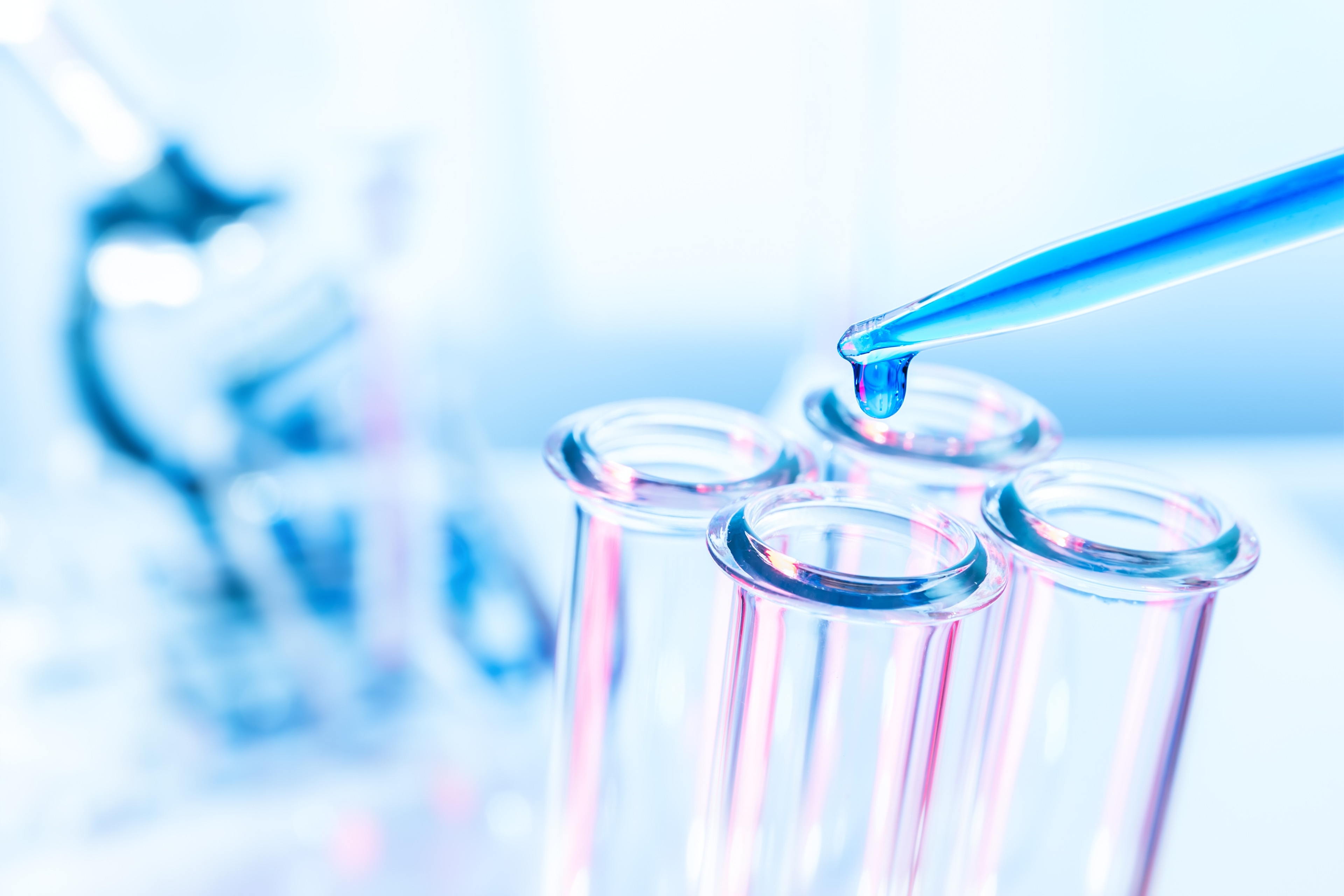Does the future of medicine lie in space?

Medical research in space can help to provide solutions down on Earth.
Image: Unsplash/NASA
Stay up to date:
Space
Listen to the article
- Space offers a chance to study bacteria and diseases in zero gravity.
- Scientists are trying to create human transplant tissue in orbit.
- If they succeed, 3D-printed organs could revolutionize medicine on Earth.
In November 2022, a routine resupply mission to the International Space Station (ISS) delivered a rather unusual cargo – a machine that can 3D-print human tissue.
The 3D BioFabrication Facility and Advanced Space Experiment Processor is already being used to test the feasibility of creating human tissue in the zero or microgravity environment of space. If it’s successful, it could revolutionize the future of medicine here on Earth.

Earlier space experiments have already shown that it’s easier to cultivate the proteins scientists need to study diseases when they are freed from Earth’s gravity. And they have also studied the effect of zero gravity on the DNA of bacteria.
The World Economic Forum’s 2023 report Global Health and Healthcare Strategic Outlook: Shaping the Future of Health and Healthcare said innovation in medicine was essential in response to the COVID-19 pandemic and current geopolitical and environmental challenges.
Urging “actions to motivate systemic, long-term system change” in healthcare, the report said future investment must “ensure equality, resilience, innovation and sustainability are embedded as key pillars of health and healthcare in the future”.
As an example of innovation, the prospect of growing replacement organs in space – using a patient’s own cells – for transplantation on Earth takes some beating. The 3D printer aboard the ISS has begun its first tissue printing – a meniscus for a human knee.
“Printers that you might have in your office or at home have ink. And so our bio-printer uses bio-inks,” explained Richard Boling, Vice President of Redwire, the company that built the printer, in an interview with Minnesota Public Radio’s Tech Marketplace.
“Sometimes we use stem cells, sometimes we use very specific types of cells, muscle, vasculature, nerve, and mix that with a nutrient media that keeps those cells happy and alive.”
Beaten by gravity
Attempts to print human tissue on Earth have been defeated by gravity which causes the “bio-ink" to spread out into what Boling calls “a puddle”. In space, the tissue retains its shape, even enabling the creation of hollow objects such as heart valves.
To get the space-printed human organs into a state where they can withstand gravity when they are returned to Earth, they are subjected to “conditioning”, which Boling describes as similar to exercising in a gym.
Boling urges caution about expecting space-printed organ transplants in the near future. “This is not happening this year, but it will never happen if we don’t do what we are doing this year and next year and the next,” he said.
The goal is to be able to 3D-print a human heart but he says lessons learned from the current round of space experiments will have benefits long before that. “Along that road to that goal there is certainly applicability which improves human health too,” he said.
Nikolai Khlystov, Lead, Future of Space at the World Economic Forum, agrees this development could be transformative for health. “The experiments onboard the International Space Station to date have been successful in showing that it is possible to grow different types of human tissue in zero gravity environment – meaning in space,” he said.
What is the World Economic Forum doing to improve healthcare systems?
“This potentially opens up exciting opportunities to help us address critical issues such as different organ shortages, which directly translates to saving lives here on Earth, but also may influence other related life science fields. This is no longer science fiction and may become a commercial reality this decade already.”
3D printing technology is already being used to produce dental implants, replacement joints and made-to-measure prosthetics. In 2021, scientists in Australia revealed a 3D printing process that can be used inside the human body to replace bone damaged by cancer.
Human tissue printing experiments are just one response to a series of NASA initiatives to find new ways to make things in space that can support life and health on Earth. The Deep Space Food Challenge is designed to find ways to feed astronauts on long missions.
But it also has the potential to find new ways to produce food sustainably on Earth using fewer resources and helping to reduce food insecurity, especially in extreme environments, and in locations where disasters disrupt critical infrastructure.
Accept our marketing cookies to access this content.
These cookies are currently disabled in your browser.
Don't miss any update on this topic
Create a free account and access your personalized content collection with our latest publications and analyses.
License and Republishing
World Economic Forum articles may be republished in accordance with the Creative Commons Attribution-NonCommercial-NoDerivatives 4.0 International Public License, and in accordance with our Terms of Use.
The views expressed in this article are those of the author alone and not the World Economic Forum.
Forum Stories newsletter
Bringing you weekly curated insights and analysis on the global issues that matter.
More on Health and Healthcare SystemsSee all
Ashwini Sharan and Abhishek Jain
September 15, 2025
Shyam Bishen
September 15, 2025
Andrew Hebbeler, Mayra Ameneiros and Valeria D’Amico
September 8, 2025



